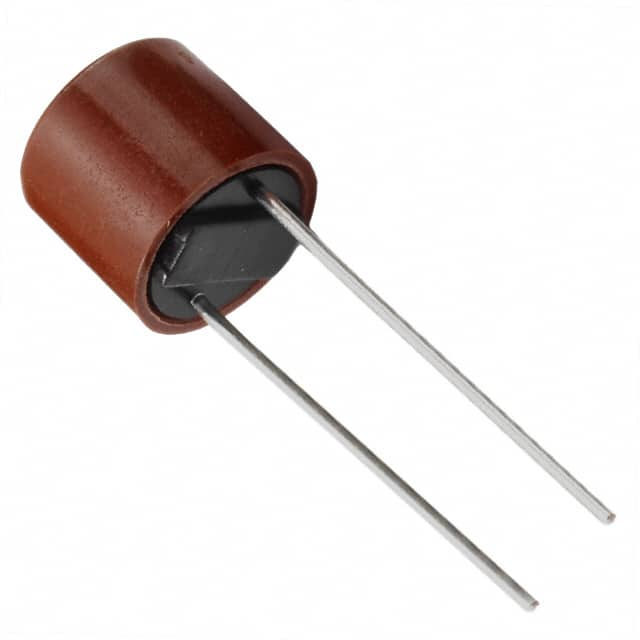TR5® 383 Series, Fuses
Results:
22
Manufacturer
Series
Melting I²t
Current Rating (Amps)
Approval Agency
Operating Temperature
Breaking Capacity @ Rated Voltage
Response Time
Color
Fuse Type
Mounting Type
Size / Dimension
Voltage Rating - DC
Package / Case
Voltage Rating - AC
Results remaining:22
Applied Filters:
TR5® 383
About Fuses
Fuses are specialized devices designed to interrupt the flow of electrical current in a circuit when the current exceeds a specific threshold, providing protection against overcurrent conditions. They consist of a conductor that is intentionally designed to melt and open the circuit when exposed to excessive current, thereby preventing damage to the connected components or equipment.
When the current flowing through a fuse surpasses its rated capacity, the heat generated within the fuse causes the conducting element to melt or blow, creating an open circuit and stopping the flow of electricity. This action effectively protects the circuit and connected devices from potential damage caused by excessive current flow.
Fuses are available in various types and configurations, including fast-acting and slow-blow fuses, each with different response times to overcurrent conditions. Fast-acting fuses respond quickly to overloads, while slow-blow fuses offer a delayed response and can withstand temporary current surges without blowing.
The selection of the appropriate fuse type depends on the specific requirements of the electrical circuit being protected. By using fuses with the correct characteristics, the risk of damage to equipment and hazards resulting from excessive current flow can be minimized, ensuring the safe and reliable operation of electrical systems.

